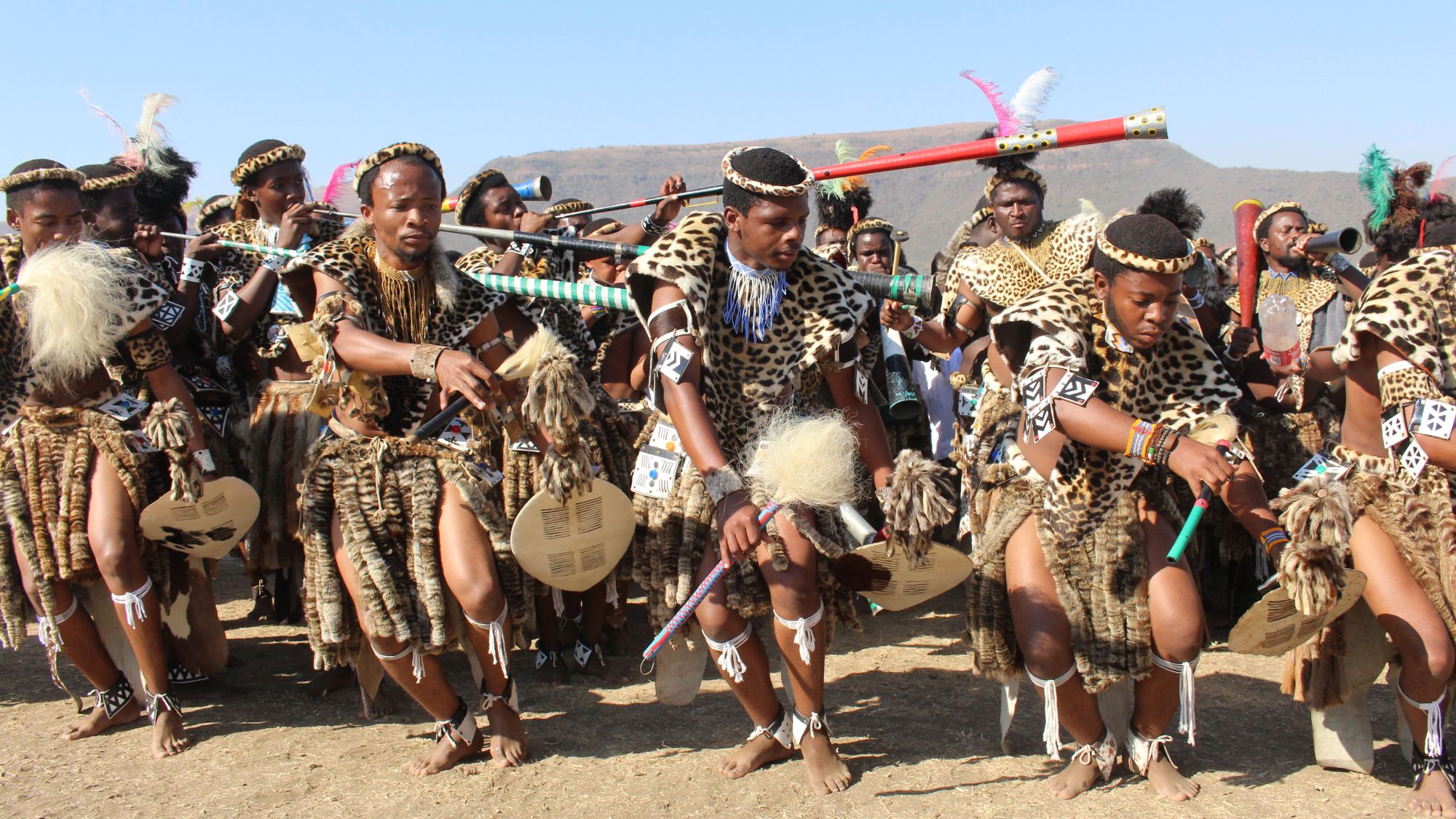For centuries, the Lozi people of Zambia’s Barotseland region have worn the skins of wild cats at special events and ceremonies. Now, in a bid to save the animals, they are switching to fake fur.
“Our wildlife is disappearing because it’s being poached out of existence,” says Lozi senior chief Inyambo Yeta, who initiated the project.
During festivities, Lozi men wear skirts made from the skins and tails of leopards and a smaller spotted cat, the serval, plus a red beret topped with a lion mane headpiece. The skins are not professionally cured, says Yeta, so they get worn out and need replacing every three years or so – which leads to more illegal killing of the wild cats.
In 2016, Yeta asked Panthera – an international organization dedicated to saving wild cats – for help. With support from non-profit group Peace Parks Foundation and jewelry-maker Cartier, Lozi representatives and Panthera collaborated to launch the Saving Spots campaign.
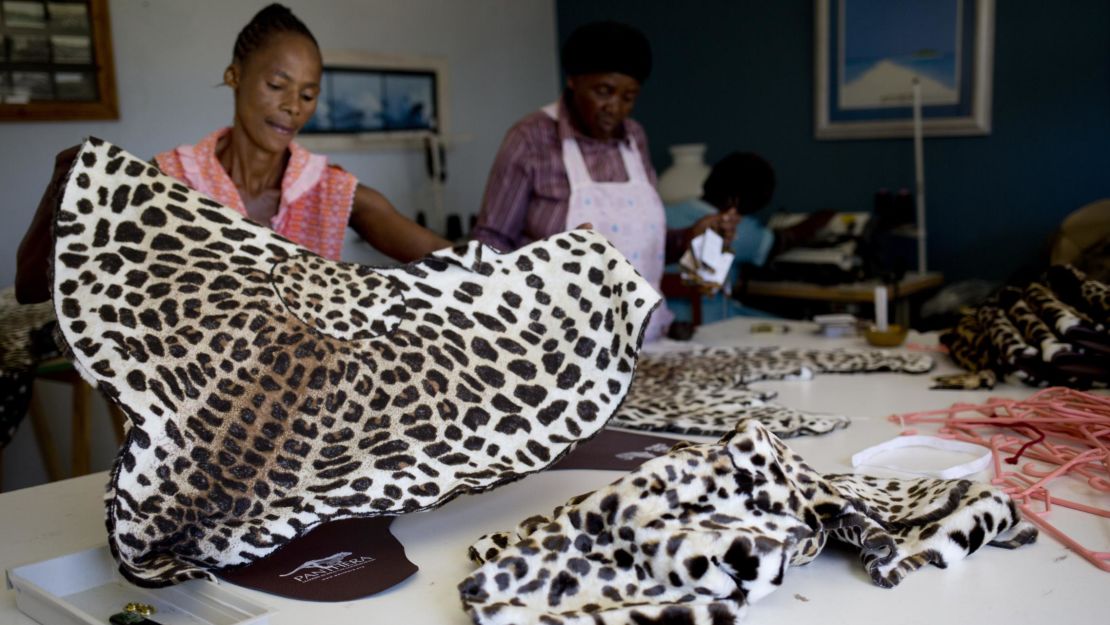
“We worked with digital designers to develop the replica furs,” says Gareth Whittington-Jones, project manager for Saving Spots. The “heritage furs” are woven on special looms to create thick-pile fabrics that look and feel authentic. The material is produced in factories in China and then tailored in Durban, South Africa.”We make sure each skirt looks slightly different, so they don’t look factory produced,” says Whittington-Jones. So far, 200 skirts and 200 lion mane headpieces have been produced.
The most persecuted big cat in the world
According to Guy Balme, director of leopard programs for Panthera, the leopard’s beautiful spotted pelt has been its downfall. Although the big cats face a number of dangers including habitat loss and poorly-managed trophy hunting, “demand for leopard parts for ceremonial wear is the number one threat in southern Africa,” he says.
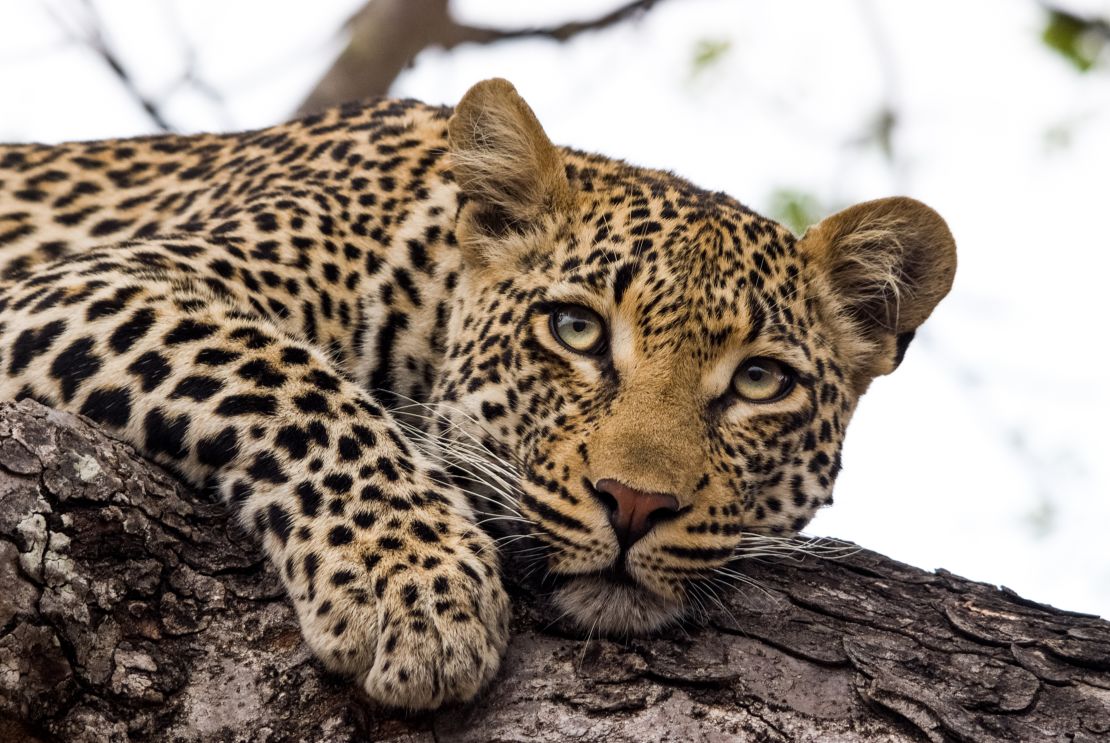
Data on population sizes is lacking in some areas, says Balme, but leopards “have already vanished from at least two thirds of their historical range in Africa.” Some of the remaining populations are in freefall, with declines of up to 70% recorded in the last six years, he says.
Serval populations are even less well-studied but, “given how much serval fur we see at ceremonies, it’s got to be having an effect,” says Balme.
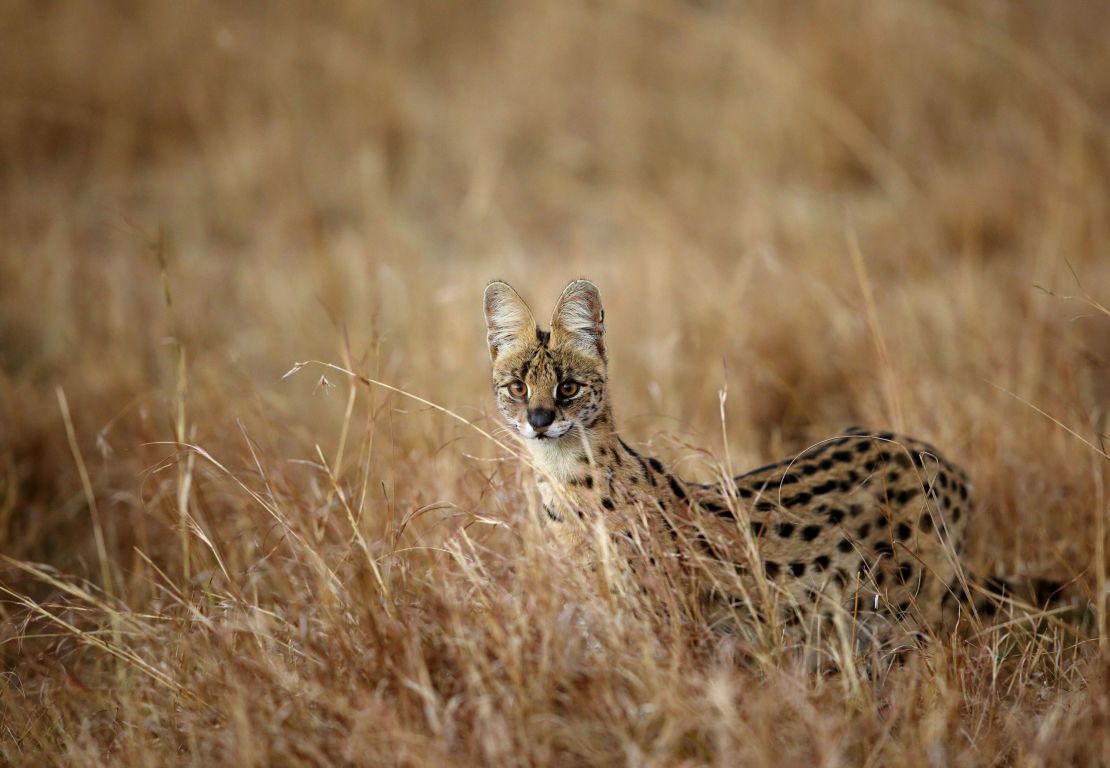
Yeta says he can see the scale of the problem with his own eyes. Previously, “sightings of wild cats were very common, but over the past years, it has become very rare to see them,” he says, adding that it had also become much more difficult for Lozi people to acquire new skins.
Saving the king
The biggest event in the Lozi calendar is the Kuomboka. Every year, when the rainy season arrives and rivers swell across the Barotse flood plains, the Lozi king is transported just over 10 miles (17 kilometers) from his low lying “wet palace” to his highland “dry palace” on an enormous barge. Heralded by pounding drums, the barge – painted with black-and-white stripes and topped with a model elephant – is propelled through the water by 200 fur-clad paddlers.
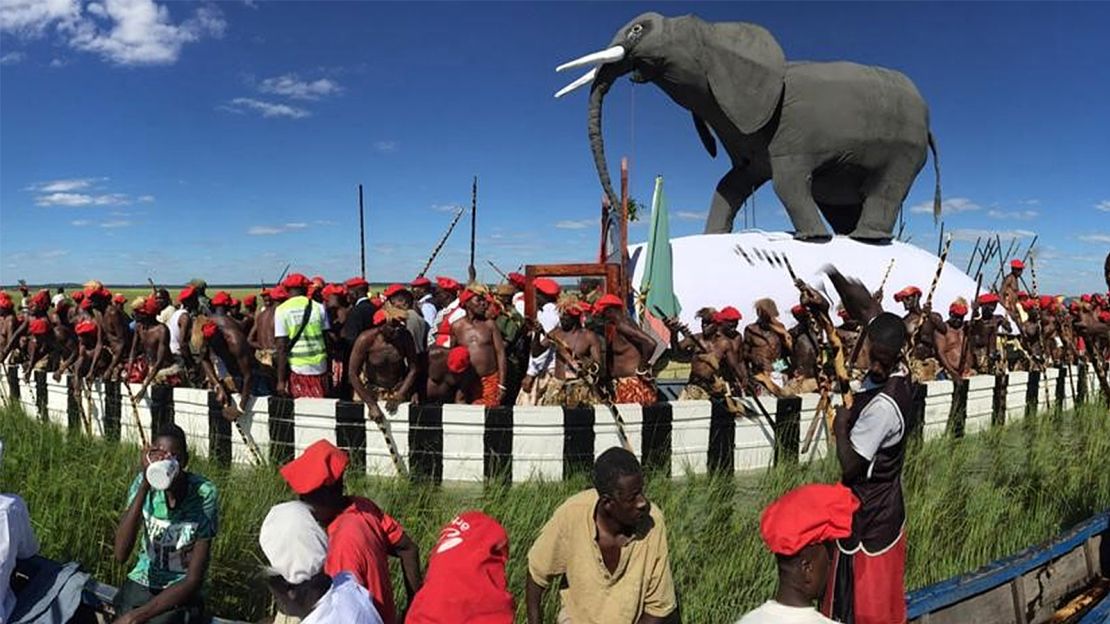
In 2018, a team from Panthera attended the Kuomboka, says Whittington-Jones. “They saw an estimated 150 leopard skins and 800 serval skins,” he says.
Yeta explains that historically, Lozi people adorned themselves with feline furs when fighting battles. The furs embodied the animals’ qualities of “fierceness” and “courage” which helped the warriors intimidate their enemies. The Kuomboka reflects this tradition, he says – the King is “rescued” from the rising floods “in the style of a military operation.”
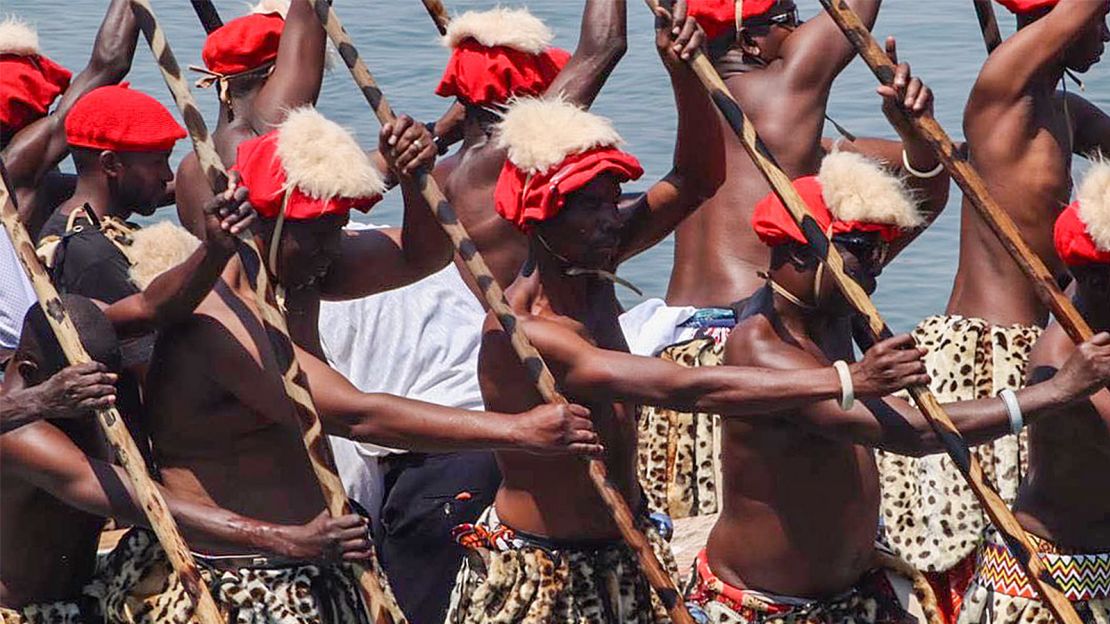
In 2019, the Kuomboka was canceled because the rains did not arrive. However, the paddlers wore the synthetic furs at a cultural event held on the Zambezi River near Livingstone in September. The prime minister of Barotseland, Ngambela Mukela Manyando, who attended the event, says “the heritage furs fitted our paddlers very well and everybody was thrilled with them.”
Yeta says the transition to fake fur hasn’t proved challenging because “the heritage furs look as real as the real thing.”
Christianity and African pride
Saving Spots was inspired by Furs for Life, a project that Panthera had previously established in South Africa.
In 2013, leopard expert Tristan Dickerson – who consults for the Furs for Life program and oversees fake fur manufacture for both projects – was invited to attend a gathering of the Nazareth Baptist Church in Zululand. When he walked in, he saw numerous church members wearing capes made from leopard skin. “It was the first time I’d seen leopard skins used as religious attire,” says Dickerson. “It completely blindsided me.”
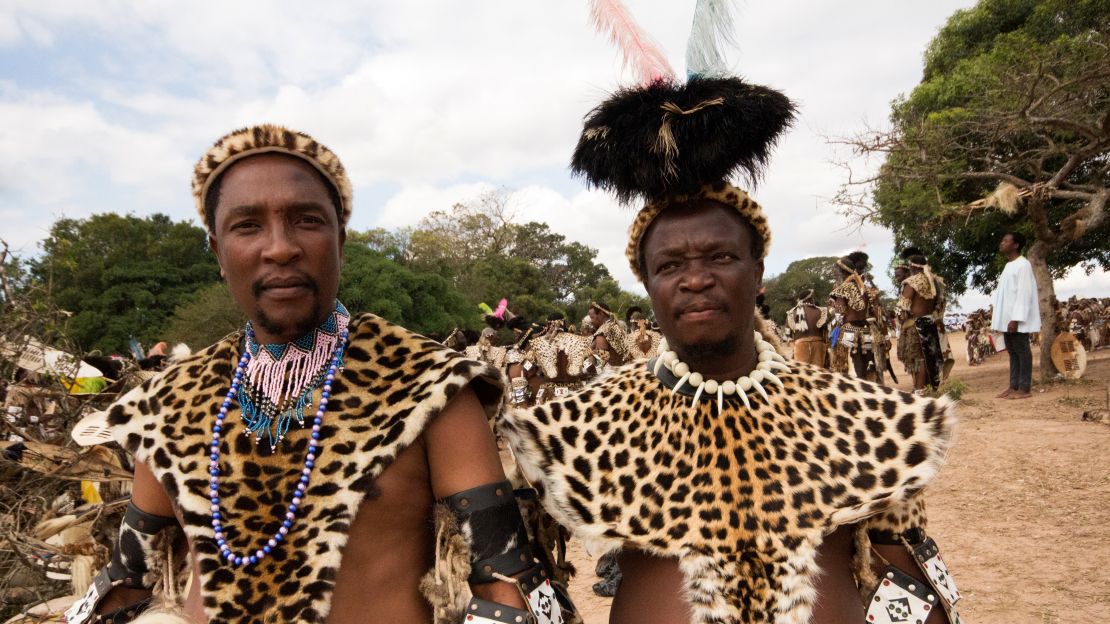
Also known as the Shembe Church after its founder Isaiah Shembe, the church has 6.5 million followers according to Lizwi Ncwane, a senior member and legal adviser to the organization. “Our [Christian] faith is blended with African pride,” says Ncwane, adding that the leopard’s spots symbolize that pride.
According to Guy Balme, historical demand for wild cat skins came primarily from international markets. Wearing fur was fashionable until the 1980s when, “the trade became regulated and well-orchestrated campaigns against wearing fur meant the demand disappeared almost overnight.”
Balme says the Shembe Church – whose members wear the capes at special events – now represents the largest demand for leopard skins by any single group. “There are at least 15,000 leopard skins in circulation among members,” he says. He estimates that around 800 leopards are killed each year, in South Africa and neighboring countries, to meet demand. “To put that in perspective, we think there are probably fewer than 5,000 leopards left in South Africa” he says.
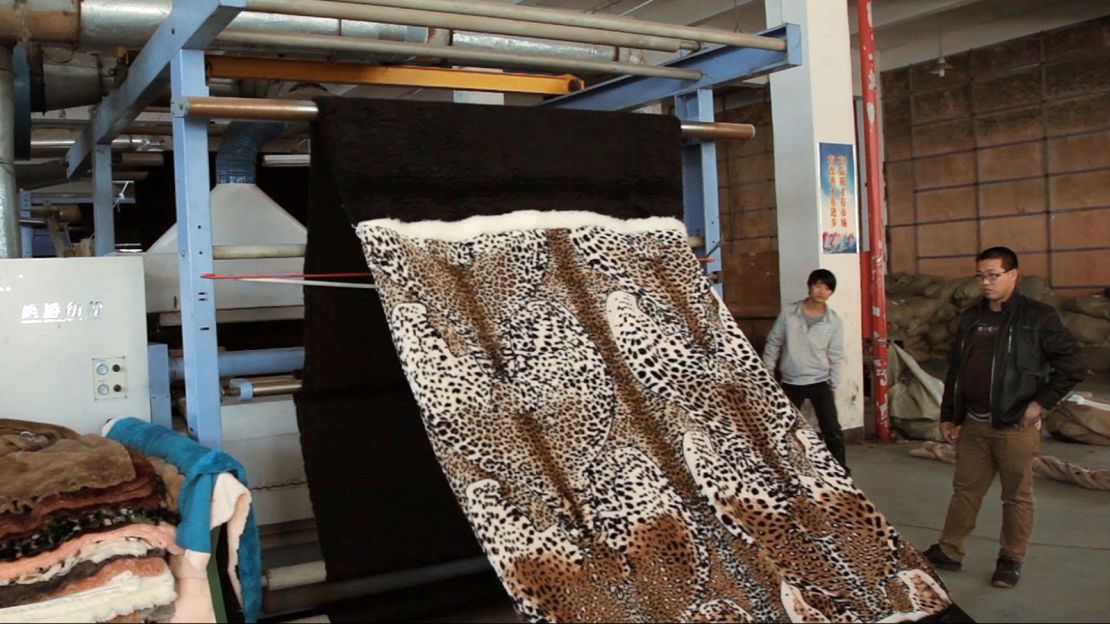
Ncwane says that in the early days of the church, leopard skins were worn by kings and chiefs. As time went by, “ordinary people” started to wear leopard skin too, which had a significant impact on the big cats. “That’s why we’re working with Panthera to minimize demand,” says Ncwane.
At first, the fake fur capes met with resistance but since then, the project has gained traction, says Dickerson. More than 18,000 have been distributed and at recent Shembe gatherings, up to half the capes are made of heritage furs. “The younger generation is more open to change,” says Dickerson.
It helps that the fake fur capes are much more affordable. A heritage fur cape sells for 350 rand ($23), whereas the real version costs around 8,000 rand ($527), says Dickerson.
Ncwane says that the campaign has helped to raise awareness that possession of a leopard skin without a permit is illegal in south Africa.
For Inyambo Yeta, the switch to fake fur is a double victory. “It’s a step towards preserving our wild cats and it also contributes to the preservation of our culture. It’s a win for all of us”
